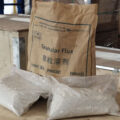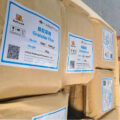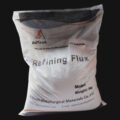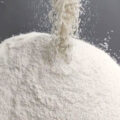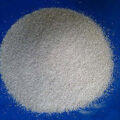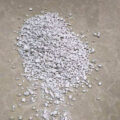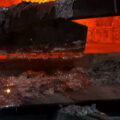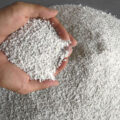AdTech molten aluminium refining agent is a flux that reduces the alumina entrained in aluminum castings. Coat a layer of flux on the surface of the molten aluminum. Subsequently, the charge is melted in a furnace to form a molten pool of liquid aluminum suitable for casting. The flux layer removes the naturally occurring oxide film from the surface of the furnace charge and provides a covering flux to protect the molten pool from oxidation.
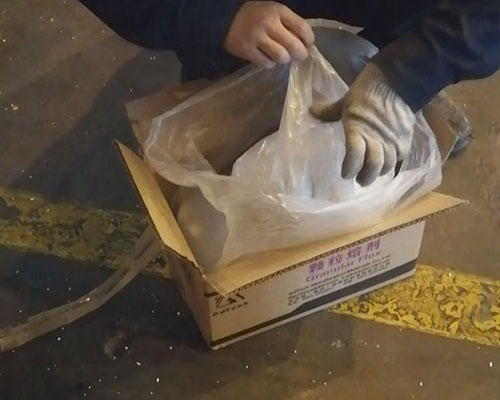
When aluminum is exposed to an oxygen-containing atmosphere, an oxide film is formed on the aluminum alloy. Specifically, aluminum is easily oxidized in the presence of air, thereby rapidly forming a thin and strong protective oxide film on any exposed aluminum metal surface (including liquid and metal). When the surface of aluminum is exposed to an oxygen-containing environment, especially at high temperatures, aluminum has a high inherent oxidation potential (Al2O3).
Because aluminum oxide is thermodynamically very stable, it is usually present in all aluminum alloys. Therefore, any charge will inevitably contain alumina as a typical coating. In the mold filling process of the casting process, when the free surface of the melt front end contacts the air, especially when the liquid melt velocity generates turbulence, additional alumina will be formed.
The oxides formed before and during the melting process can be suspended in the melt and transferred to the casting. Unless special precautions are taken, these oxides can cause various downstream problems. For example, it is believed that entrained oxides increase melt viscosity and apparent surface tension, thereby reducing fluidity and adversely affecting the feed of castings.
The presence of oxides in aluminum alloys has also been recognized as harmful to the mechanical properties of aluminum castings, especially fatigue properties. According to reports, the oxide film is the second most common cause of fatigue cracks in aluminum castings. In addition to reducing mechanical properties, oxidation also consumes precious aluminum.
In the melting and remelting of aluminum alloys, a large amount of aluminum slag is generated on top of the molten aluminum metal in the furnace. During the melting process, an average of 4% to 5% of the charge input material is lost due to oxidation. When aluminum dross passes over the surface of the liquid melt, as much as 90% of the material removed is free aluminum metal. Therefore, in the aluminum melting operation, the slag contains a large amount of aluminum metal.
The slag skimmed from the surface of the liquid melt in the furnace usually cools slowly on the surface of the foundry. The free aluminum metal in the dross will be further losses due to the thermite reaction, that is, the aluminum surface is exothermic and oxidized to produce a large amount of fresh melt surface.
In order to minimize and ultimately eliminate the oxides in the final cast-aluminum product, it is necessary to reduce the old oxides in the liquid metal to send them into the mold.
The molten aluminium refining agent is mainly used for degassing refining and slag removal when smelting aluminum metal. Generally, the refining agent can be sprinkled on the surface of the liquid, and the slag can be removed after being fully stirred. In the actual production process, a sprayer can also be used to spray the refining agent into the molten aluminium with inert gas for a better effect.

